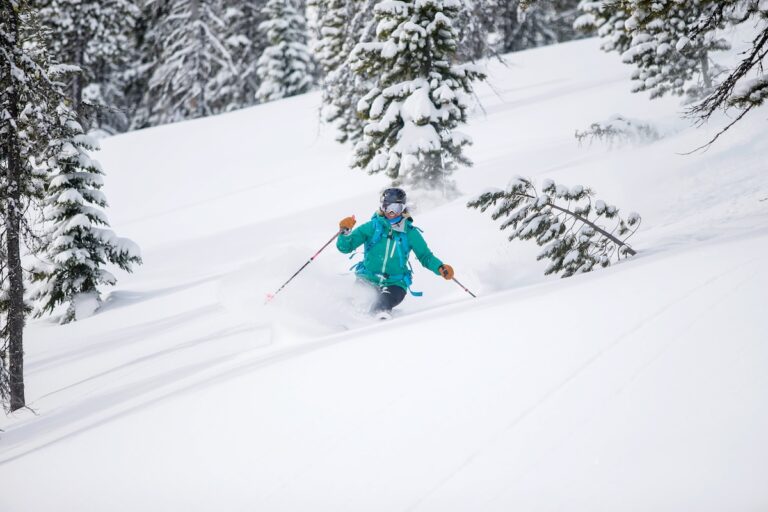The Coolest Race On Earth: Mud, Madmen, Glaciers, And Grannies At The Antarctic Marathon
Mark Hanc
Chicago Review Press, 2008, 192 pages
In late february and early March, ambitious Spokane runners braved below freezing temperatures and remnants of sidewalk ice berms as they got in their early training runs for Bloomsday. Now drop the temperature another thirty or forty degrees, add a thirty mile an hour wind and make that training run a twenty-six miler. That will give you an idea of Mark Hanc’s notion of the birthday present of a lifetime.
The Coolest Race on Earth chronicles both the history of the Antarctic Marathon and Hanc’s decision to spend a couple of weeks way down under participating in the event in celebration of his 50th birthday. First run in 1995, the marathon has been an annual event since 2005. Because of the location and the difficulty of travel, the registration is limited to about twenty runners and travel and accommodation opportunities for the participants are limited. If you think this is the run for you, plan to pony up plenty of money. The 2009 entry fee, which includes travel from Punta Arenas, Argentina and accommodations in Antarctica, is $16,500.
Marathoner Hanc, who writes for Runner’s World and other publications, brings both a journalist’s style and a runners experience to the story. He provides vivid, succinct descriptions of the terrain, the trials and the glories of the run. Hanc illuminates the lives and character of his fellow competitors. As the subtitle suggests, the characters participating in the race actually make the story. In the end they come away as more a family than a group of competitors.
So, if last winter’s snow got you down, read The Coolest Race, get in shape, save your money and sign up for a winter vacation in say December of 2010; plan to run the Antarctic Marathon. Given the attention this book is sure to draw to the race, I would sign up soon or you may get old staying in shape long enough to make the entry limit.
Stan Miller
Plan C: Community Survival Strategies For Peak Oil And Climate Change
Pat Murphy
New Society Publishers, 2008, 304 pages
Soon after 9/11 IN 2001, former Vice-President Dick Cheney stated, “The American way of life is non-negotiable.” In 1992, then President George H. W. Bush made the exact statement at the Earth Summit held in Rio de Janeiro, Brazil. In 2004, Colin Powell, while attending the follow-up to the Earth Summit was asked if President George W. Bush would be asking Americans to reduce consumption in order to address climate change. Powell responded, “The American way of life is a blessed one.”
Not so, says Pat Murphy in his book, Plan C: Community Survival Strategies for Peak Oil and Climate Change. According to Murphy, in order to adequately address climate change and the future stability of civilization itself, strategy number one is masssive energy conservation or curtailment—about 80% of our American “way of life” needs to go or at least change very quickly.
To some this may seem as an affront to their right to the pursuit of happiness. Murphy sees it as simply being smarter, more efficient and less wasteful. From the numerous statistics, charts and tables throughout Plan C, it appears that we Americans have much to work on. We are gluttons when it comes to consumption, in everything from our transportation choices and the size of our homes to the manufactured food we choose to eat. Each year, each American disposes of approximately 50,000 lbs of waste materials.
According to Plan C, Americans are the world’s worst offenders when it comes to waste and consumption. In 2006, per capita consumption of barrels of oil in the U.S. was 57.8, in China 9.7 and India 3.6. Russia was closest with 33.2. Murphy urges each of us to begin to understand our daily energy choices—67% of total U.S. energy consumption comes down to our personal daily decisions.
A 2004 report from the Pentagon states that global warming “should be elevated beyond a scientific debate to a U.S. national security concern.” With a 10,000-year-old ice bridge collapsing in Antarctica, the Arctic Siberian tundra melting and Greenland becoming more and more green by the day, time may be running out.
Juliet Sinisterra













